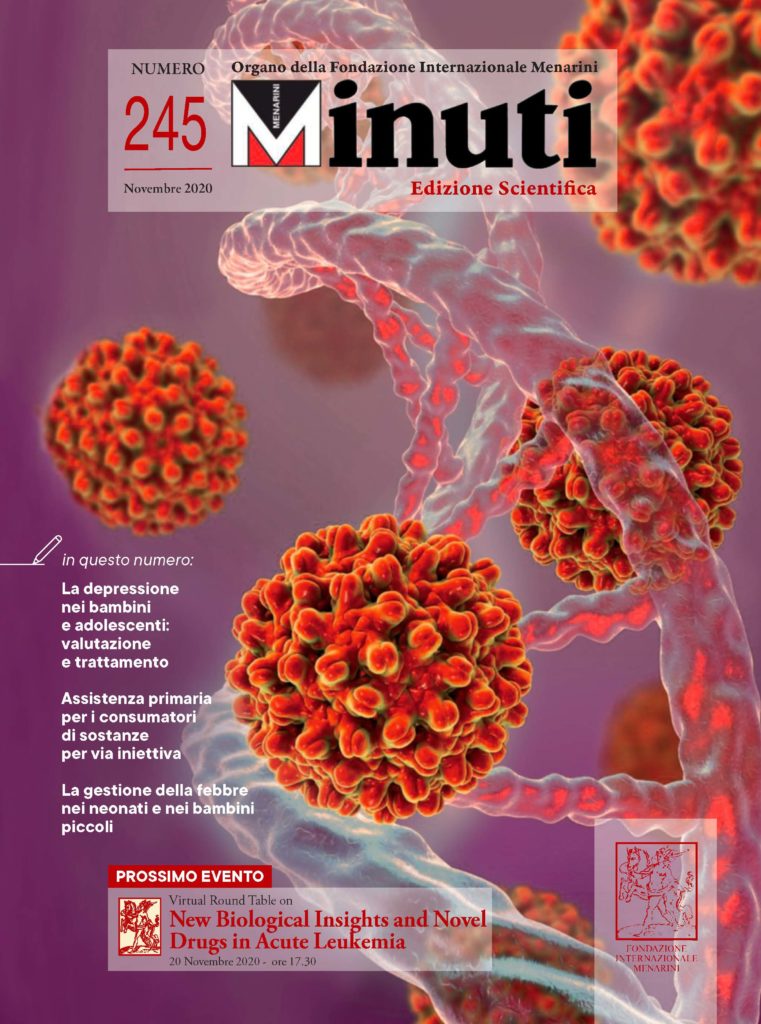
Acute Respiratory Distress Syndrome: Diagnosis and Management
di Aaron Saguil, Matthew V. Fargo • February 2021
Acute respiratory distress syndrome (ARDS) is noncardiogenic pulmonary edema that manifests as rapidly progressive dys- pnea, tachypnea, and hypoxemia. Diagnostic criteria include onset within one week of a known insult or new or worsening respiratory symptoms, profound hypoxemia, bilateral pulmonary opacities on radiography, and inability to explain respire-tory failure by cardiac failure or fluid overload. ARDS is thought to occur when a pulmonary or extrapulmonary insult causes the release of inflammatory mediators, promoting inflammatory cell accumulation in the alveoli and microcirculation of the lung. Inflammatory cells damage the vascular endothelium and alveolar epithelium, leading to pulmonary edema, hyaline membrane formation, decreased lung compliance, and decreased gas exchange. Most cases are associated with pneumonia or sepsis. ARDS is responsible for one in 10 admissions to intensive care units and one in four mechanical ventilations. In-hos-pital mortality for patients with severe ARDS ranges from 46% to 60%. ARDS often must be differentiated from pneumonia and congestive heart failure, which typically has signs of fluid overload. Treatment of ARDS is supportive and includes mechanical ventilation, prophylaxis for stress ulcers and venous thromboembolism, nutritional support, and treatment of the underlying injury. Low tidal volume and high positive end-expiratory pressure improve outcomes. Prone positioning is recommended for some moderate and all severe cases. As patients with ARDS improve and the underlying illness resolves, a spontaneous breathing trial is indicated to assess eligibility for ventilator weaning. Patients who survive ARDS are at risk of diminished functional capacity, mental illness, and decreased quality of life; ongoing care by a primary care physician is beneficial for these patients.
(Am Fam Physician. 2020; 101(12):730-738. Copyright © 2020 American Academy of Family Physicians.) Pubblicato online il 15 maggio 2020.)
(Am Fam Physician. 2020; 101(12):730-738. Copyright © 2020 American Academy of Family Physicians.) Pubblicato online il 15 maggio 2020.)
Related Articles
Management of Late-Term and Postterm Pregnancy
di
Dr.ssa Breanna Gawrys, Dr.ssa Diana Trang, Dr.ssa Whay Cheng
September 2025
Highlights
di
Aaron Saguil, Matthew V. Fargo
∙
February 2021







